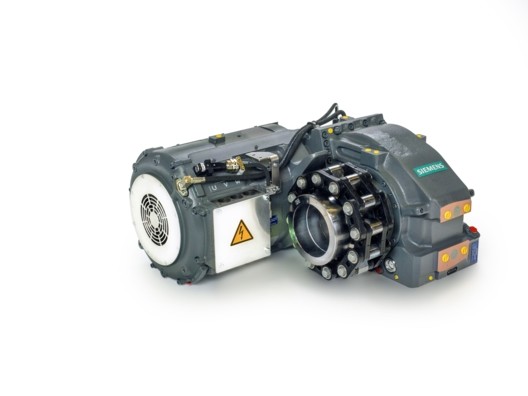
30.10.2025
Siemens Mobility and voestalpine for efficient and effective electromobility
Discover now
24.07.2025
Innovative power from Upper Austria: isovac® electrical steel for the future of e-mobility
Discover now
22.05.2025
voestalpine steeltutorials: Exciting electrical steel topics simply explained
Discover now
22.05.2025
voestalpine steeltutorials: Exciting electrical steel topics simply explained
Discover now
07.09.2024
ANDRITZ and voestalpine, two Austrian high-tech companies working together on a green future
Discover now